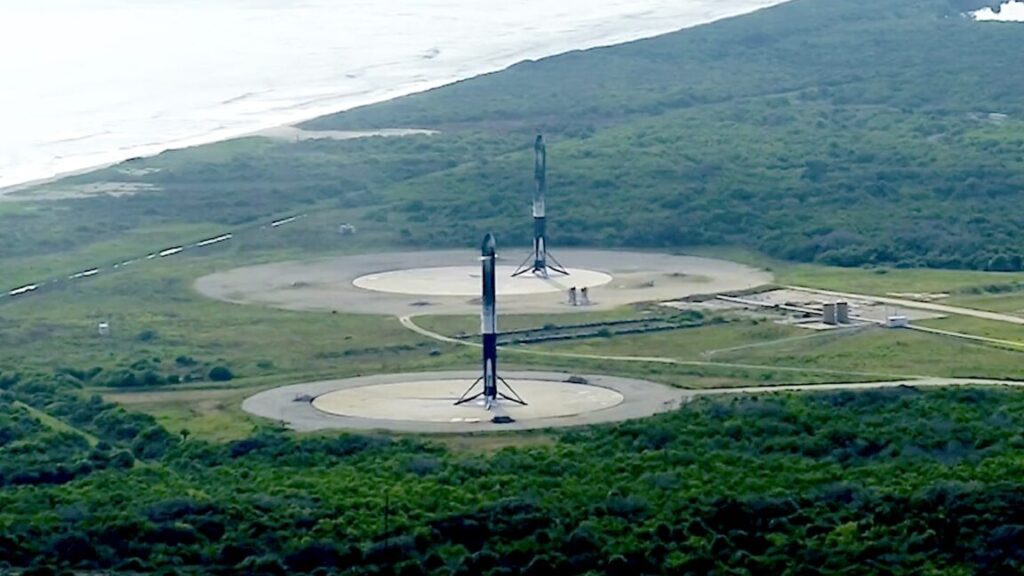Geoengineering will not save humankind from climate change
A team of the world’s best ice and climate researchers studied a handful of recently publicized engineering concepts for protecting Earth’s polar ice caps and found that none of them are likely to work.
Their peer-reviewed research, published Tuesday, shows some of the untested ideas, such as dispersing particles in the atmosphere to dim sunlight or trying to refreeze ice sheets with pumped water, could have unintended and dangerous consequences.
The various speculative notions that have been floated, mainly via public relations efforts, include things such as spreading reflective particles over newly formed sea ice to promote its persistence and growth; building giant ocean-bottom sea walls or curtains to deflect warmer streams of water away from ice shelves; pumping water from the base of glaciers to the surface to refreeze it, and even intentionally polluting the upper atmosphere with sulfur-based or other reflective particles to dim sunlight.
Research shows the particle-based sunlight-dimming concept could shift rainfall patterns like seasonal monsoons critical for agriculture in some areas, and also intensify regional heat, precipitation, and drought extremes. And the authors of the new paper wrote that some of the mechanical interventions to preserve ice would likely disrupt regional ocean ecosystems, including the marine food chain, from tiny krill to giant whales.
Lead author Martin Siegert, a glaciologist at the University of Exeter, said that to provide a comprehensive view of the challenges, the new paper included 40 authors with expertise in fields including oceanography, marine biology, glaciology, and atmospheric science.
The paper counters a promotional geo-engineering narrative with science-based evidence showing the difficulties and unintended consequences of some of the aspirational ventures, he said. Most geoengineering ideas are climate Band-Aids at best. They only address symptoms, he added, but don’t tackle the root cause of the problem—greenhouse gas emissions.
Geoengineering will not save humankind from climate change Read More »

























